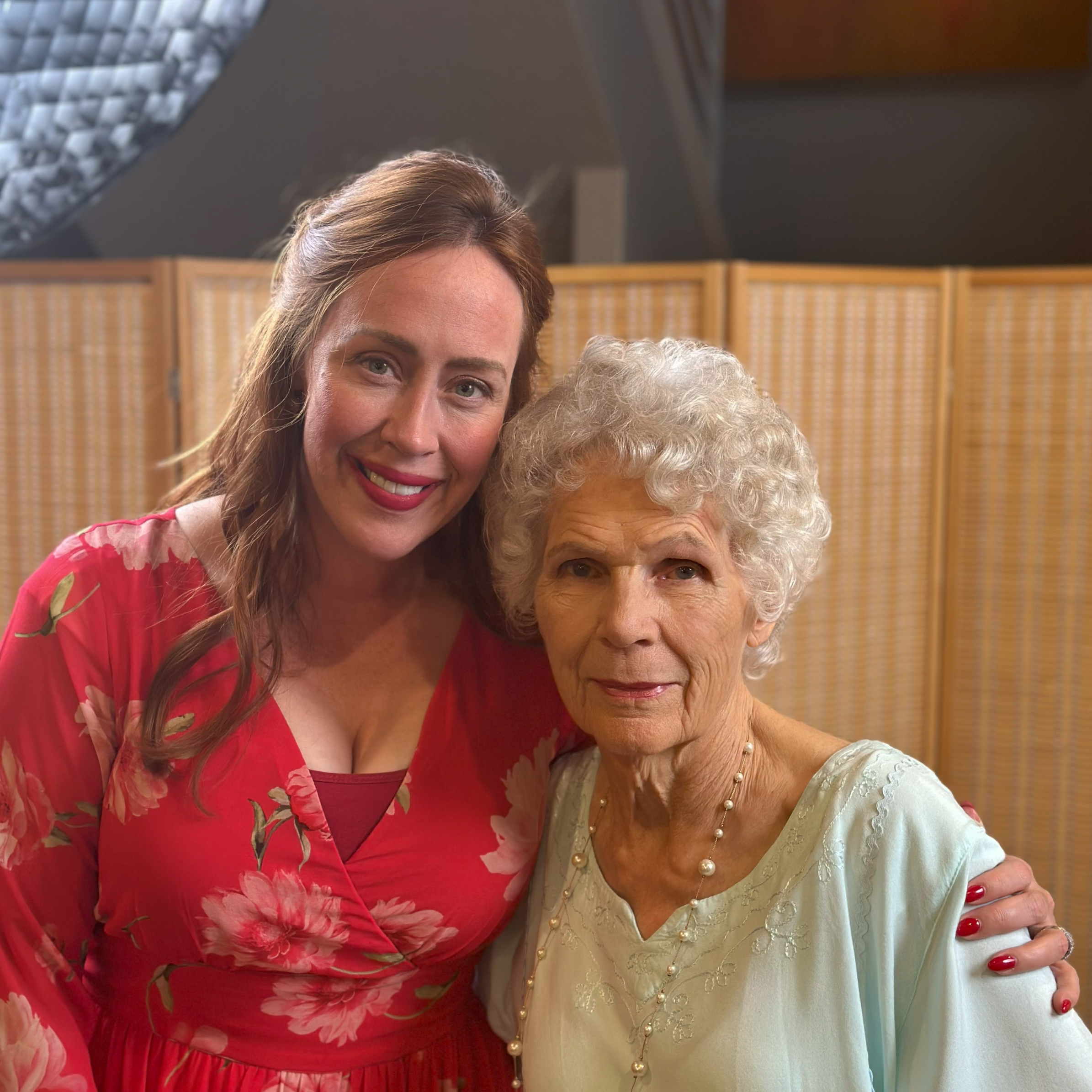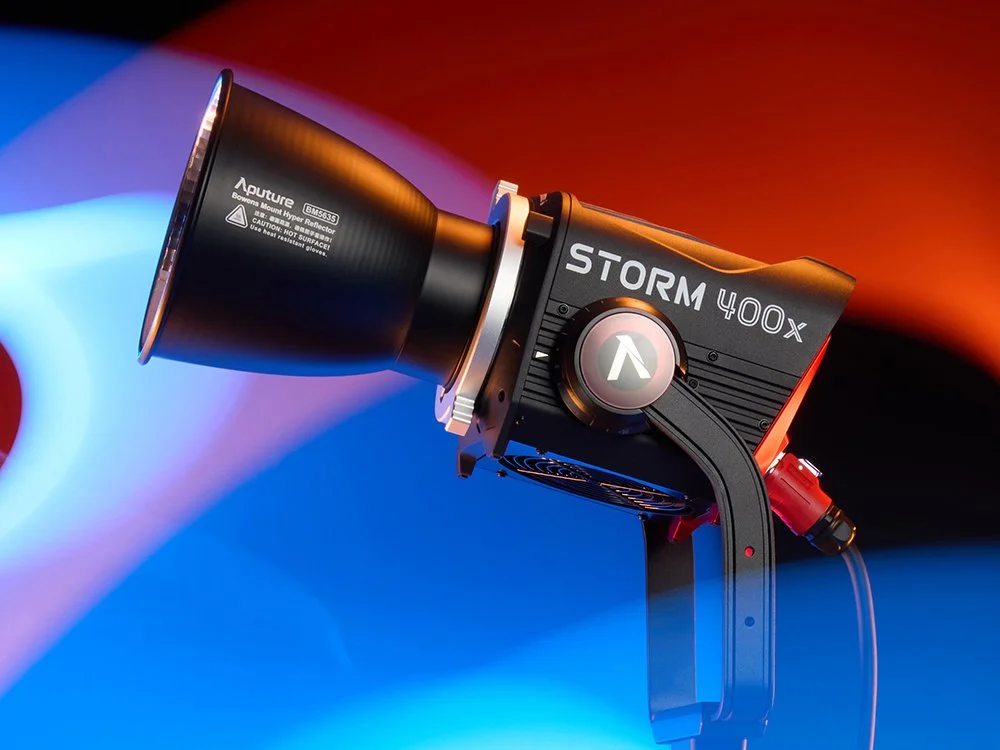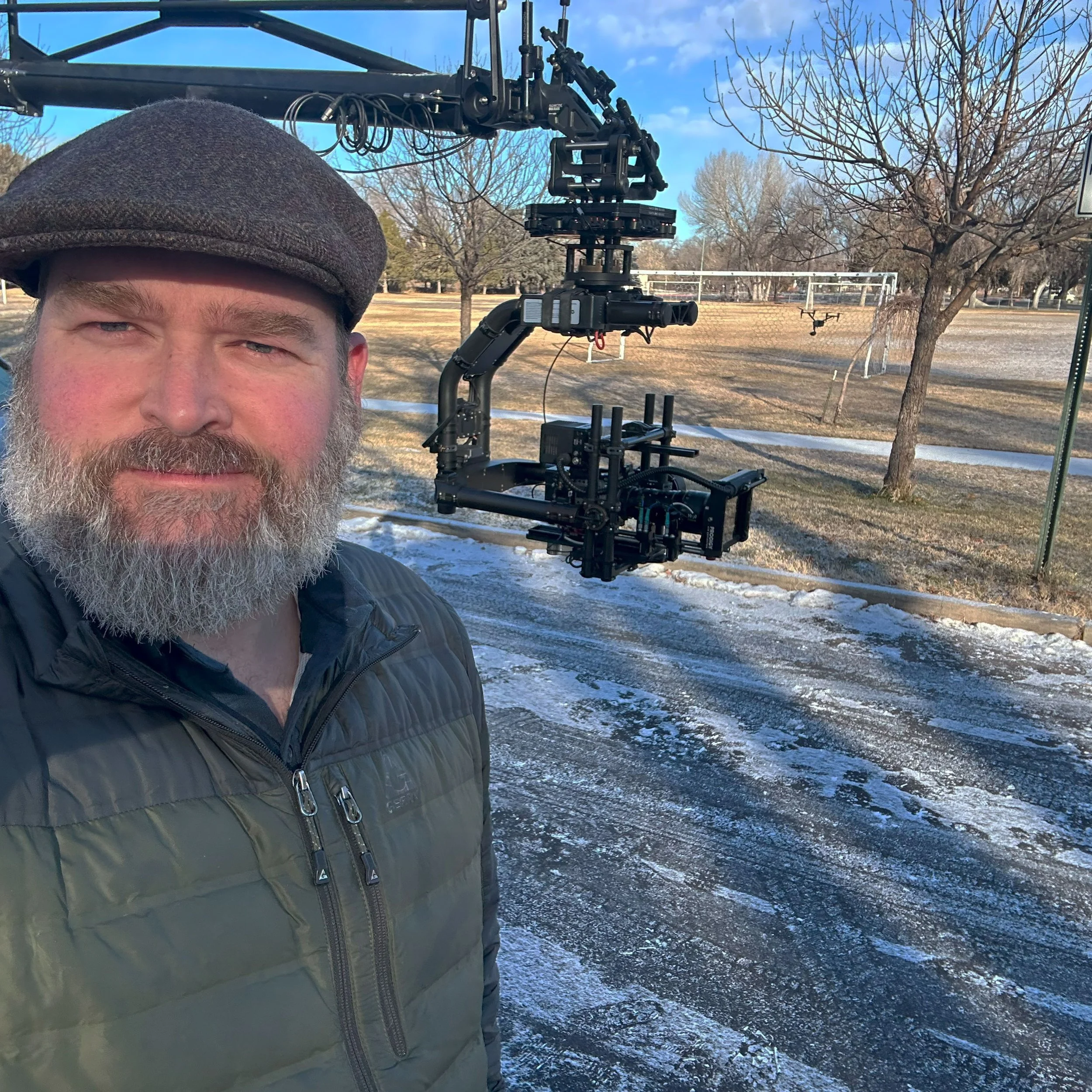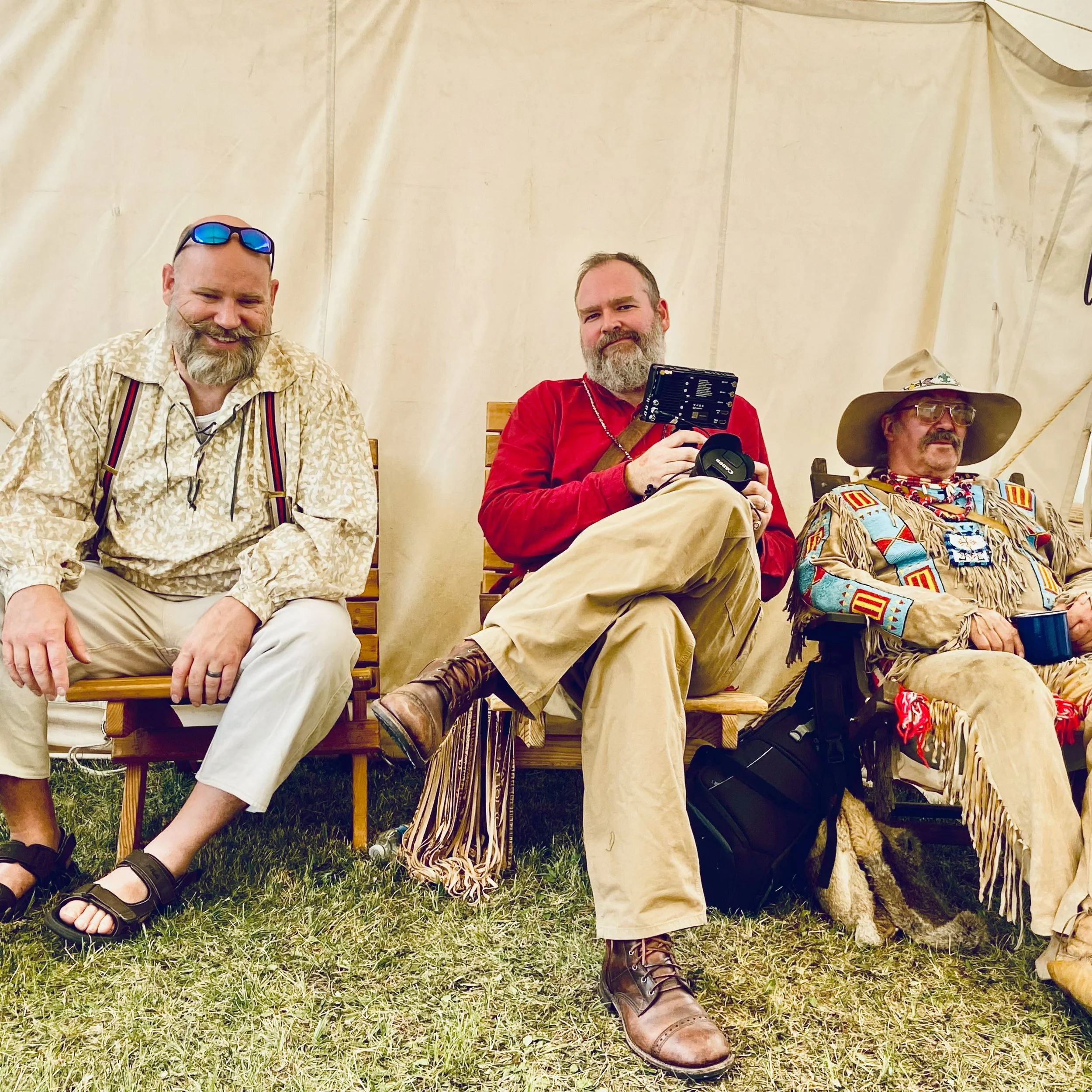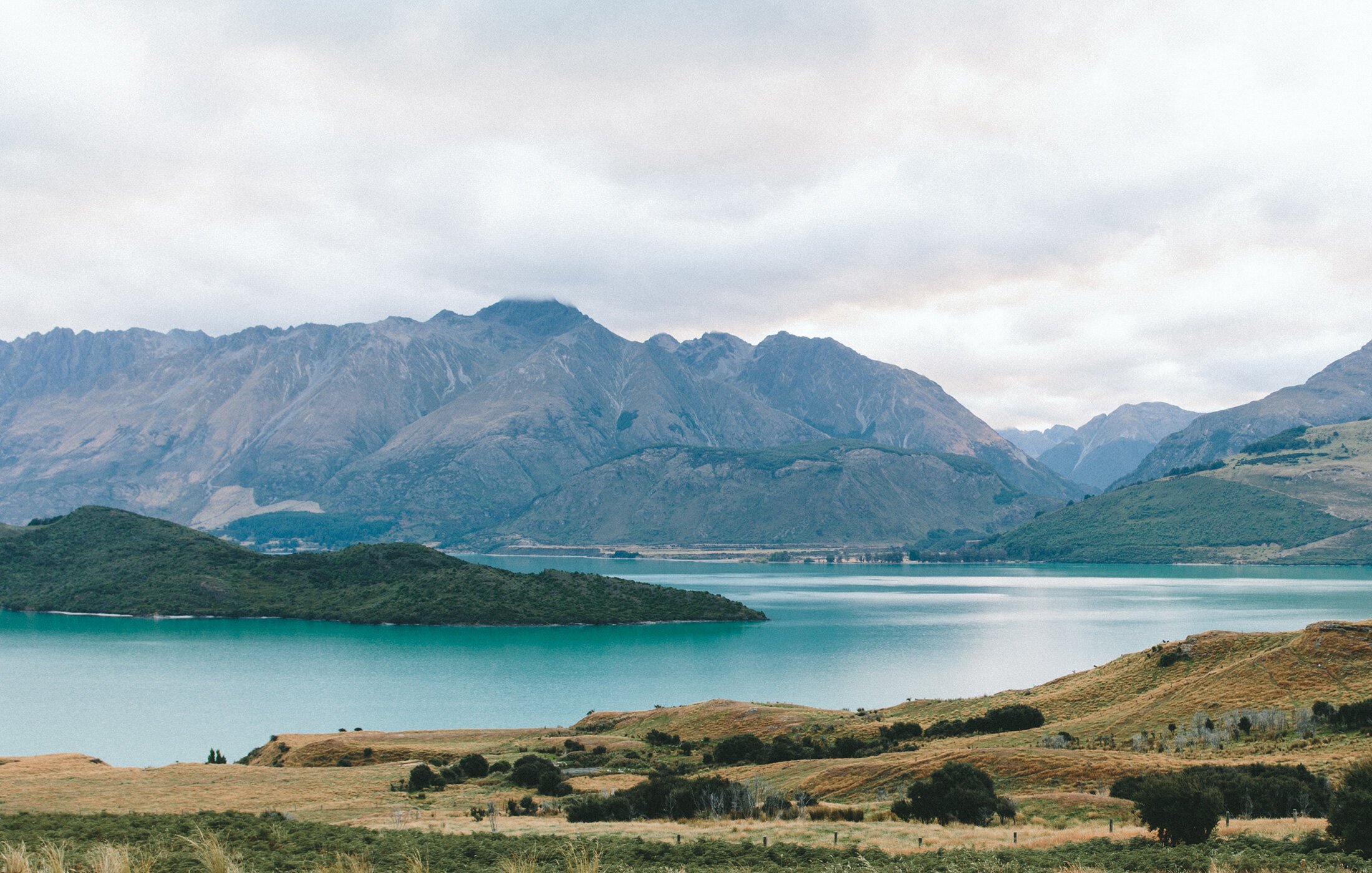What to Expect
Interview Preparation
First, we start with a teleconference to go over some background about the interviewee. We discus different interview questions and get an idea for the story that you want to tell. The story will determine the interview format that we use. This is the time for us to learn about the interviewee—their background, work, achievements, or personal story. This to help us understand the broader context of the interviewee. This step is critical so that their (the interviewee) story can be captured and retold.
Day of the Interview
The day of the interview we arrive about 2 hours before the scheduled interview start time for setup. We will start with examining the natural lighting and acoustics of the environment to help decide the best setup location for the interview.
Lights
Lighting is not just about visibility—it’s about storytelling. Using soft warm light is the most common lighting choice for interviews. Lights are set to mimic the natural lighting of the environment. This includes light color, intensity, and shape. Key, fill, background and practical lights are all taking into account.
Camera
Red Cinema and Canon cinema cameras are our in-house camera systems. We record in 6k and 8k resolutions. Interviews are filmed in a standard 3 camera setup with additional options for 4 cameras. Arri cinema cameras are available for an additional charge. Cameras are set up on tripods, cinema sliders, and gimbals.
Sound
Sound is half the film. It guides emotions, builds worlds, and makes stories resonate beyond the screen. Without it, the cinematic experience loses depth, immersion, and impact. We use film industry standard microphones. The Schoeps CMC6, Sennheiser mkh-416, and Sennheiser MKE2 microphones are all used during the interview. The microphones are all recorded to independent tracks at 32 bit float to give the widest flexibility.
Color Grading and Edit
Editing is often called the “invisible art” of filmmaking, because when it’s done well, the audience doesn’t consciously notice it—but it deeply shapes how the story is experienced. After the interview is done being filmed we get to the fun of bringing all of our ingredients together into the final story. Editing is the heartbeat of cinema.
B-Roll
We like to film b-roll footage for a richer, smoother, and more visually engaging story. This includes establishing shots and digital scans of photos that are part of the interviewee’s story.
-
It all begins with an idea. Maybe you want to launch a business. Maybe you want to turn a hobby into something more. Or maybe you have a creative project to share with the world.
-
It all begins with an idea. Maybe you want to launch a business. Maybe you want to turn a hobby into something more. Or maybe you have a creative project to share with the world.
-
It all begins with an idea. Maybe you want to launch a business. Maybe you want to turn a hobby into something more. Or maybe you have a creative project to share with the world.

